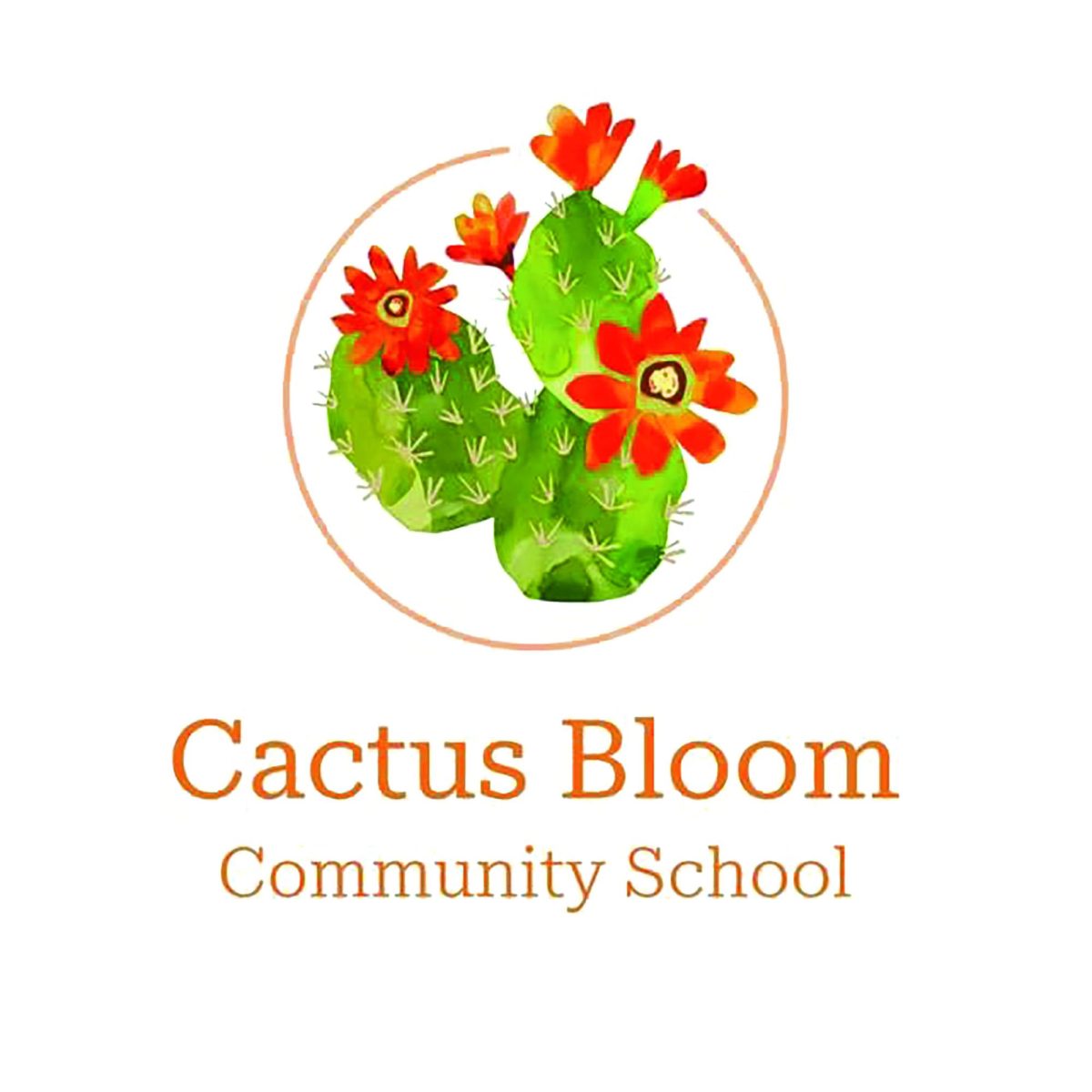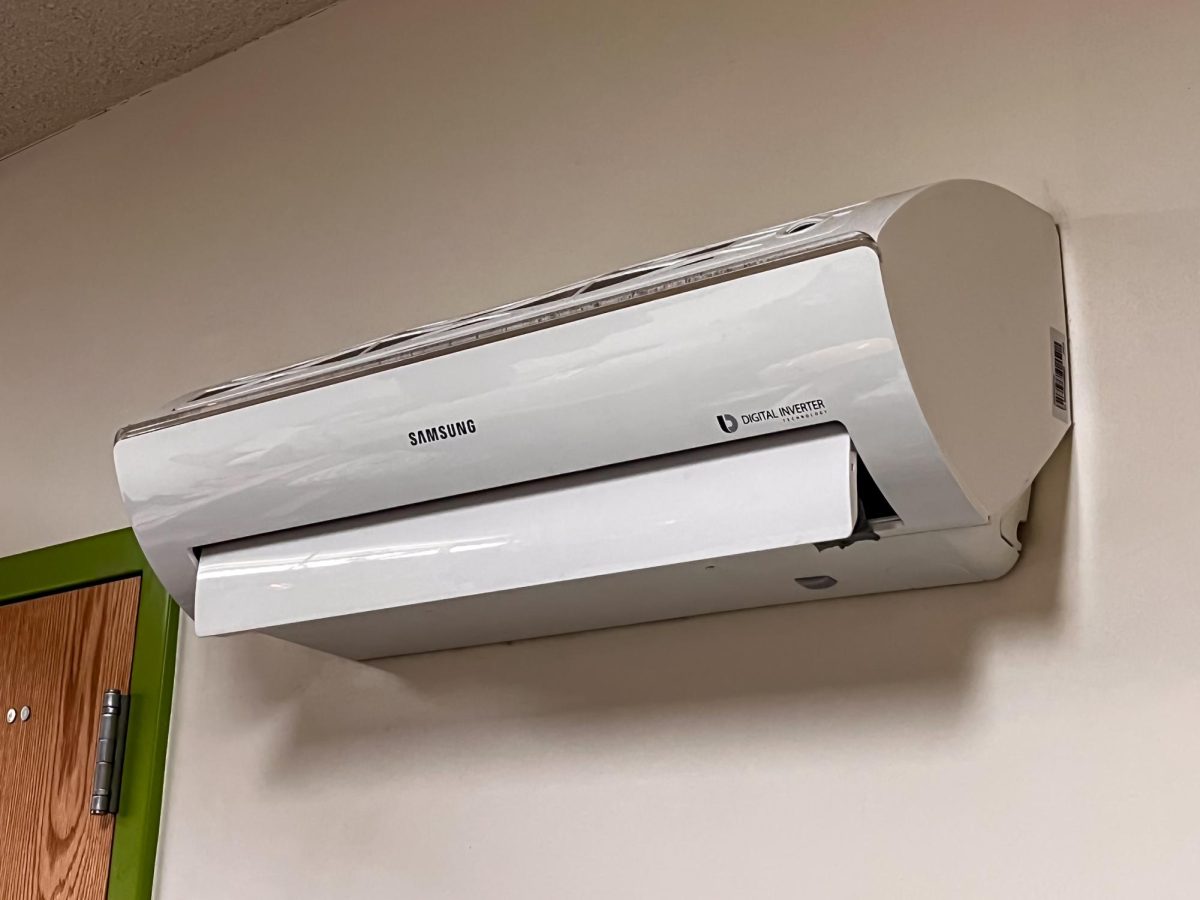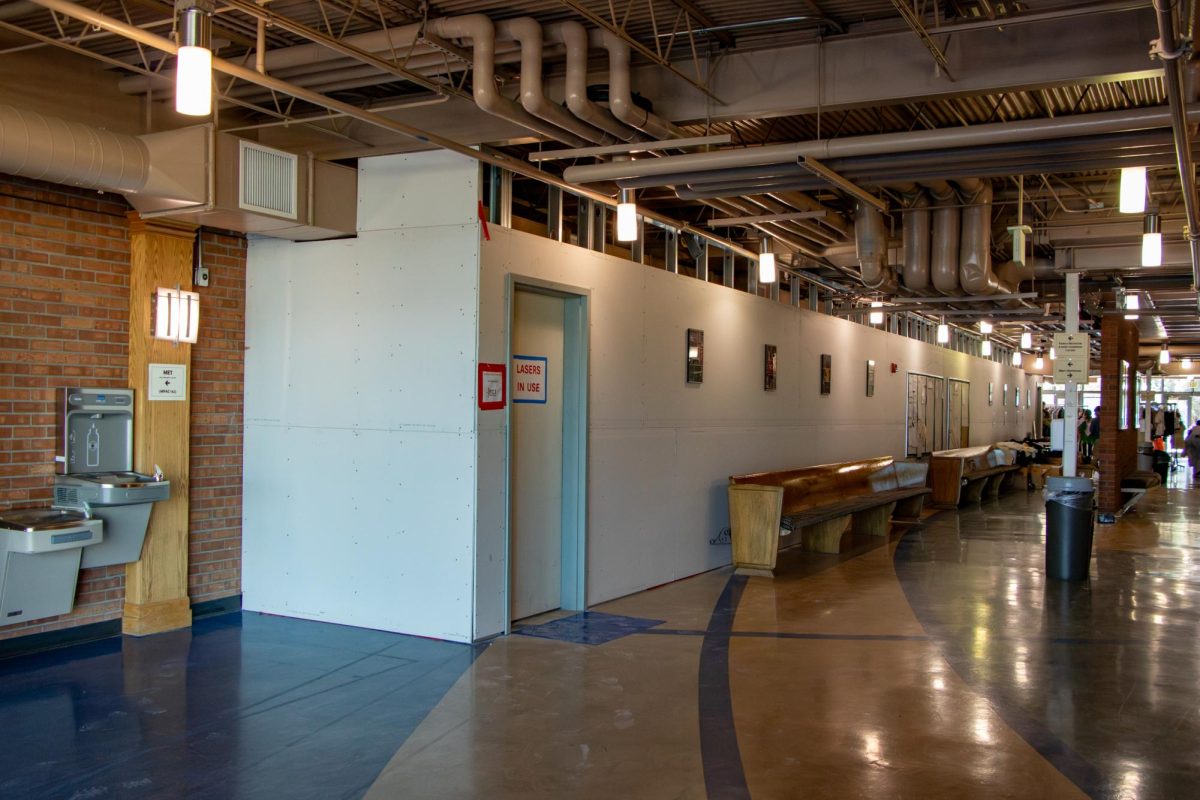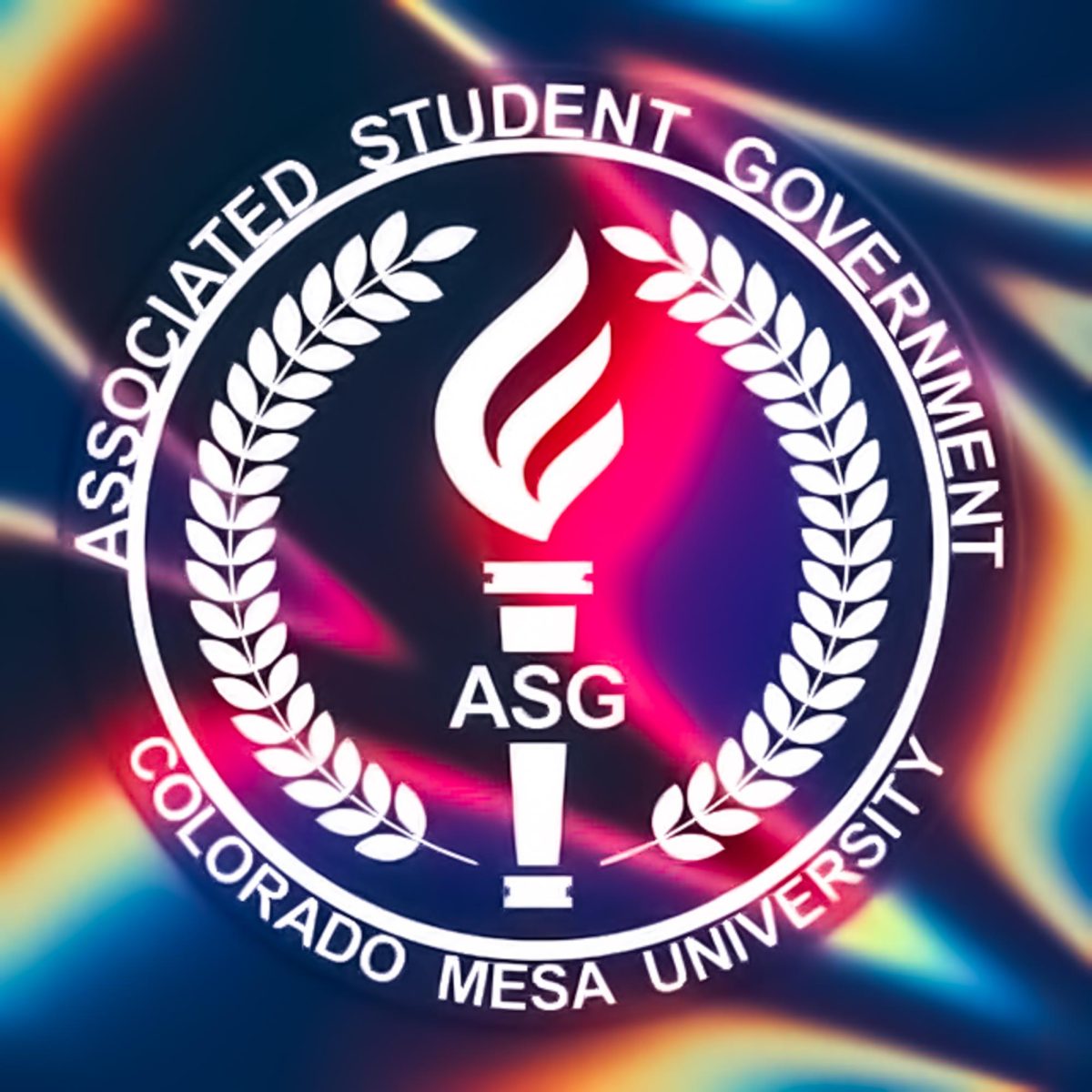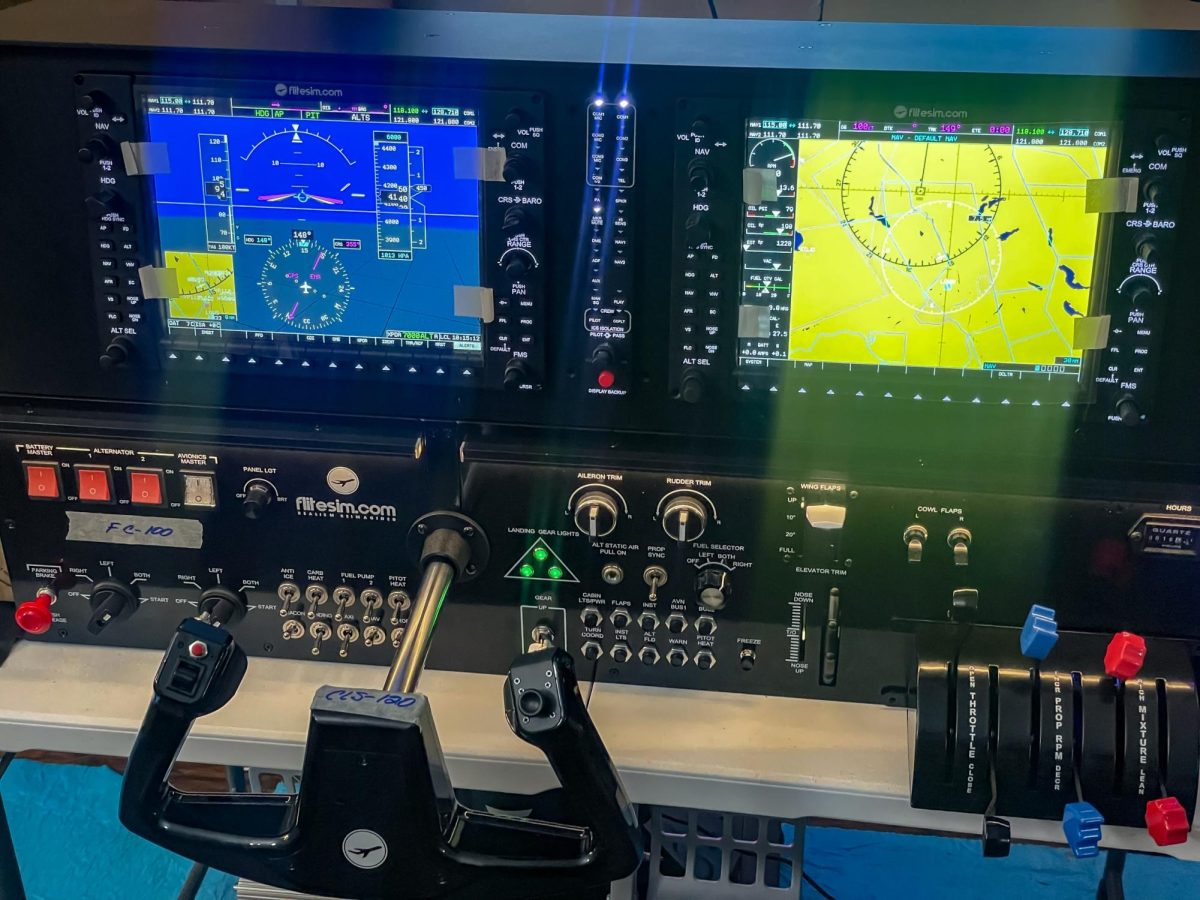Colorado Mesa University’s (CMU) teacher education program is dedicated to creating well-rounded educators in the disciplines of early childhood, elementary, secondary and special education.
Students in the education program are encouraged to learn about different styles and philosophies of teaching, and to consider different classroom models.
One such classroom model, the Montessori Method was is a learning model developed by Dr Maria Montessori in Italy in 1907. This classroom model has been used to create Montessori schools, which are still in operation around the world today, and a new site was recently established in Grand Junction, CO..
While the Montessori method is fairly well known in the United States, it is not the only option aside from public education. Montessori schools are often integrated into public school districts, to allow for equal access to the families living in all areas.
What’s special about the Montessori method however, is the child-first approach. This experimental approach to learning allows education to become accessible for students with learning disabilities or physical disabilities, as they guide their own studies.
Students can learn in the ways that best support their interests and abilities, and by driving their own learning, students become more independent and self-aware.
“In Montessori classrooms, the focus is on meeting each child where they are in their learning journey, allowing them to progress at their own pace without the pressure of comparison to peers,” said Wildflower Montessori Executive Director, Kelly Gomes. “Montessori’s hands-on materials and multi-sensory activities also support diverse learning styles, helping children with disabilities engage in a way that suits their strengths.”
This type of school often has a more balanced teacher to student ratio, allowing for a different connection between the staff and students. Wildflower Montessori Public Schools of Colorado (WMPSCO) opened the Grand Valley’s first micro-school, Cactus Bloom Community School in August 2024.
“At the heart of Cactus Bloom is our innovative Microsite model, which fosters smaller, close-knit learning communities within the school. This model allows for highly personalized education, where teachers—who also lead the school—have the autonomy to craft lessons that meet the needs of each individual child,” said Gomes.
Cactus Bloom opened for its first semester
of classes in August 2024, serving children between preschool and grade 3.
The location only separates the students into two classrooms, but because of the different teaching approach, Montessori students are often in mixed-age classes.
Students are still given appropriate lessons which correspond with their academic level, but lessons are often more individualized regardless of age, so it’s okay to have different levels in one class.
“With Montessori it is really about encouraging, fostering and patiently awaiting […] for their inspiration or their passion,” said Colorado Mesa University (CMU) professor of education Dr. Amelia Baldwin. “Just giving that opportunity for patience and not making a certain timeline based on age and expectation but really seeing the child for who they are […] while also facilitating opportunities.”
Having different types of education available in one area increases access for families who have preferences on their schooling. Alternatives to public education can include private schools, home schooling, boarding schools, charter schools and Montessori.
With Grand Junction’s first Montessori Microschool, options increase for families in the area who aren’t planning on public education for their children, without having to travel.
It also opens up various opportunities for local college students entering the teaching profession.
The CMU’s Center for Teacher Education works closely with schools of all types in District 51 to allow incoming educators to get experience in classrooms. For each student in the Teacher Education program, their final semester consists of an internship student teaching in a D51 school, or other location approved by the department.
“The faculty in our department have built connections with regional educators over a number of years. D51 and the Western Slope are small communities, and everyone tries to be involved and supportive of each other as much as possible,” said Program Support Coordinator Devyn Elliott “This is a fantastic opportunity for beginning educators to experience different classroom models and ways of teaching, so I am always open to placing students in alternative/charter schools.”
Having more educational opportunities gives a chance for students studying education at CMU to observe and learn more about these alternatives. Before applying to the teacher education program, students are required to get 20 hours of educational observation, and CBCS introduces more possibilities for those hours.
“Part of our introductory course progression is to introduce students to the theoretical frameworks for different curricular and educational philosophies. […] The more you expand your horizons on the possibilities of a classroom, the more tools you have to draw from,” said Teacher Education Program Director Nick Bardo.
Overall, the Grand Junction community’s educational access will continue to increase with the institution of CBCS. The new school may be small now, but as it grows within the community, it will only continue to increase the opportunities for different kinds of accessible education throughout Grand Junction.



